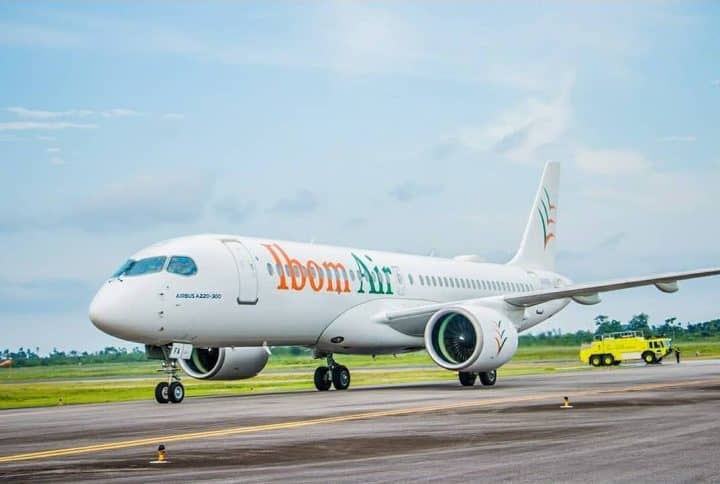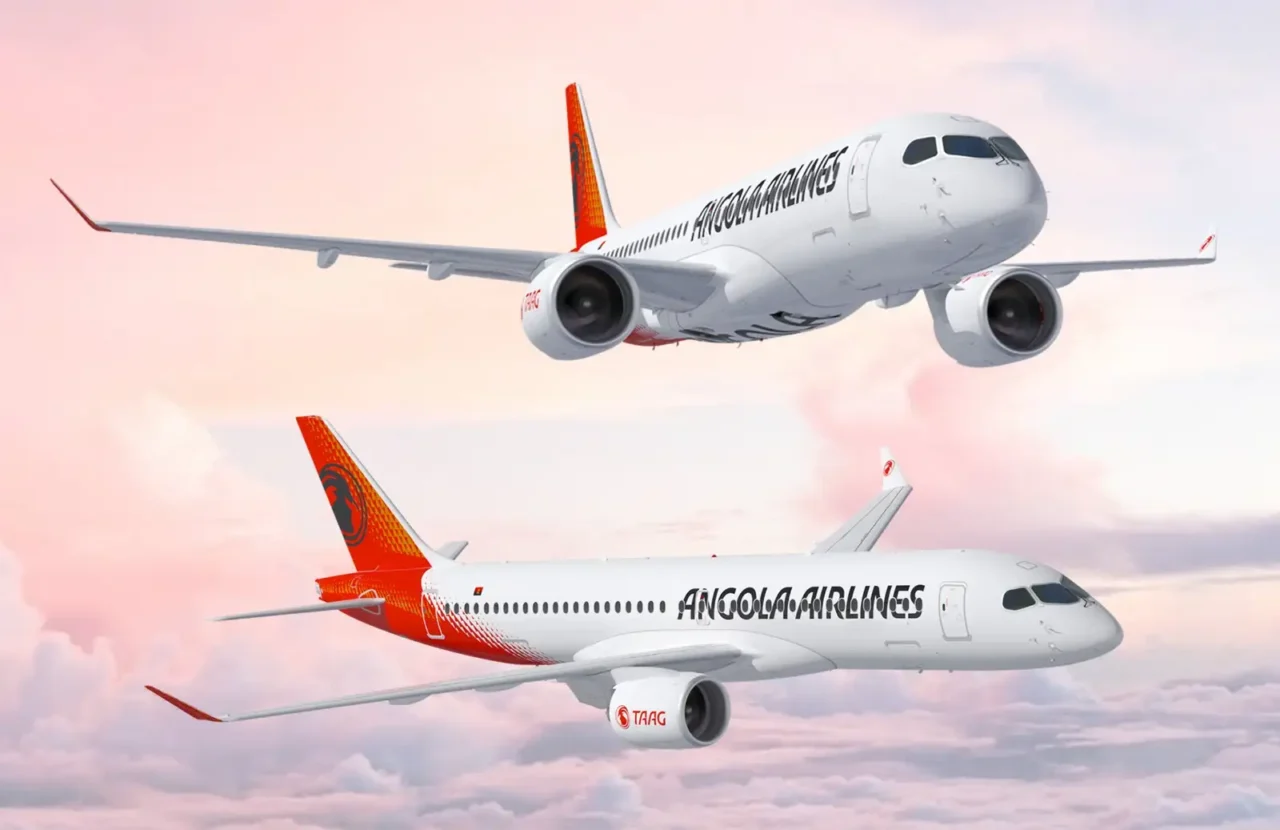Aviation Africa 2024: Airbus Highlights Africa’s Aviation Potential with Market Forecast
Airbus predicts 1,460 new aircraft for Africa by 2043, air traffic to double

Airbus presented its Global Market Forecast 2024 (GMF) with a focus on Africa on September 15, 2024, ahead of the 8th edition of the Aviation Africa event in Sandton, Johannesburg, South Africa.
The OEM’s 20-year forecast predicts a doubling of air traffic in Africa by 2043, driven by factors such as population growth, rising GDP, urbanisation, tourism growth, and the development of low-cost carriers (LCCs).
Joep Ellers, Airline Marketing Director for Africa at Airbus, underscored the company’s continued commitment to Africa and highlighted the immense aviation potential of the region. Currently, Airbus has 257 passenger aircraft in service with 36 African airlines.
Key Highlights for Africa
- Demand for New Aircraft: Africa is expected to require 1,460 new passenger aircraft over the next two decades, including widebody and single-aisle aircraft.
- New Product Offerings: Airbus’ A321XLR, A350-1000 ULR, and A350 Freighter will introduce new long-haul opportunities and contribute to fleet renewal.
- Air Traffic Growth: Intra-regional air traffic is expected to grow by 6%. Key drivers of this growth include Africa’s population (projected to grow by 740 million people by 2043), GDP (higher than the world average), urbanisation, middle-class growth, liberalisation (SATAAM expected to unify the air transport market in Africa), the development of low-cost carriers (LCCs), and tourism growth (inbound, outbound, regional).
- Talent Needs: The region will need to recruit 15,000 pilots, 20,000 technicians, and 24,000 cabin crew to meet the increasing demand for air travel.
- Decarbonisation Efforts: Airbus emphasises the need for a multi-faceted approach to decarbonising aviation, including latest-generation aircraft, disruptive technology, operations and infrastructures, sustainable aviation fuels, and carbon offsetting and capture.




Despite the positive outlook, Ellers also highlights challenges facing the industry, such as production backlogs leading to significant delays in aircraft deliveries, impacting the ability to immediately upgrade fleet.
As the continent continues to develop, aviation will play a crucial role in connecting markets and driving economic growth.